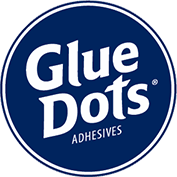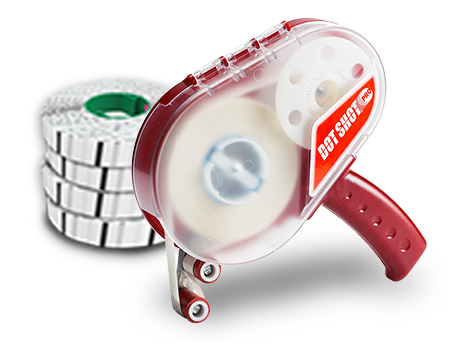Whether you’re using a water-based adhesive or a hot melt adhesive, there are three different environments that can adversely affect the adhesive’s structure and performance: cold weather, excess heat, humidity.
Today, we’re going to address cold temperatures and the resulting changes within water-based adhesives. We’ll also provide a few tips on how you can protect your adhesive through proper planning and procedures to minimize damage.
While most hot melt adhesives are tolerant to cold weather conditions and temperature changes, water-based adhesives are not. It might be warm and sunny at your location, but your adhesive manufacturer might be surrounded by snow storms and bone chilling sub-zero temperatures. The temperature change experienced during transport can be enough to damage your adhesive.
Keeping your adhesive at a reasonable temperature during transport is very important. Most carriers rely on the constant movement of the adhesive to keep the product from freezing, but when it’s cold outside that’s not always enough. Drum and pail warmers or blankets may also be used to keep the adhesive from freezing.
One indication of the adhesive freezing is its physical appearance. It may crystalize and have the appearance of cottage cheese. The adhesive may also thicken, which may prevent it from returning to a solution during agitation or stirring and cause it to be unusable.
Here are a few basic tips when transporting and storing water-based adhesives:
- Ship early in the week and never over the weekend.
- Select a carrier who will freeze-protect your adhesive.
- Never store it against outside walls; instead, store as close to a heat source as possible.
- Ask the manufacturer to apply freeze indicators on all drums and totes. These will crack and shatter to indicate that the contents may have been exposed to freezing temperatures.
For a second opinion, click on the contact us button below and one of our representatives will follow-up with you.

Next week, we’ll address how to combat heat and humidity and will provide a few best practices to keep your adhesive at its optimal performance.





